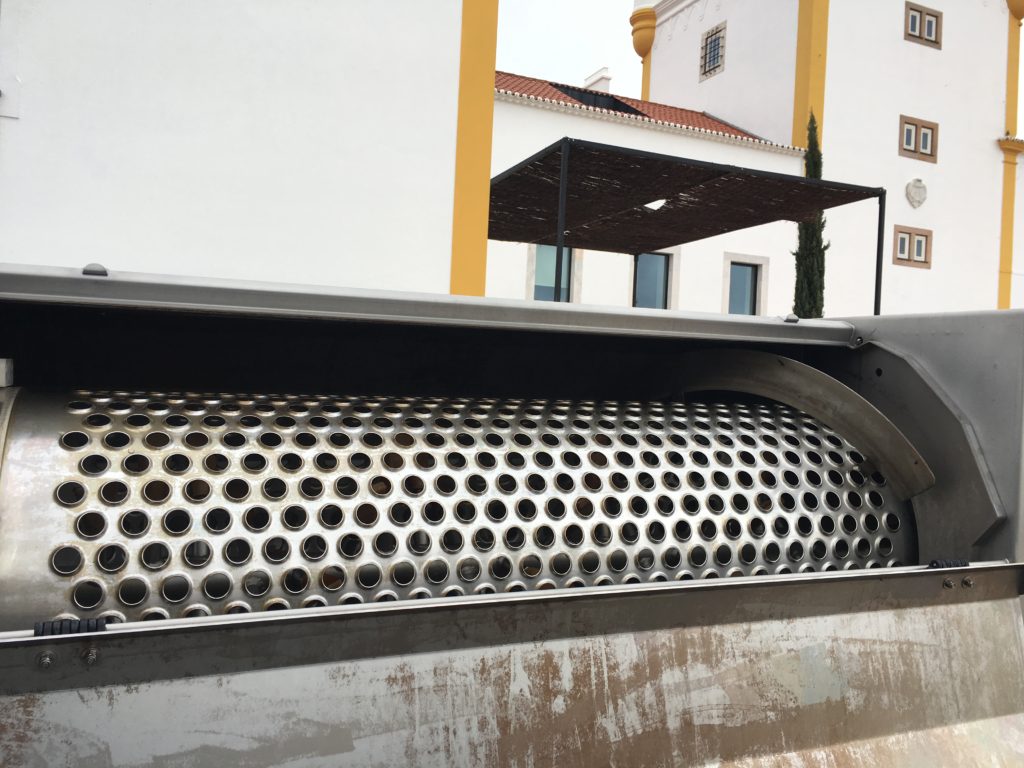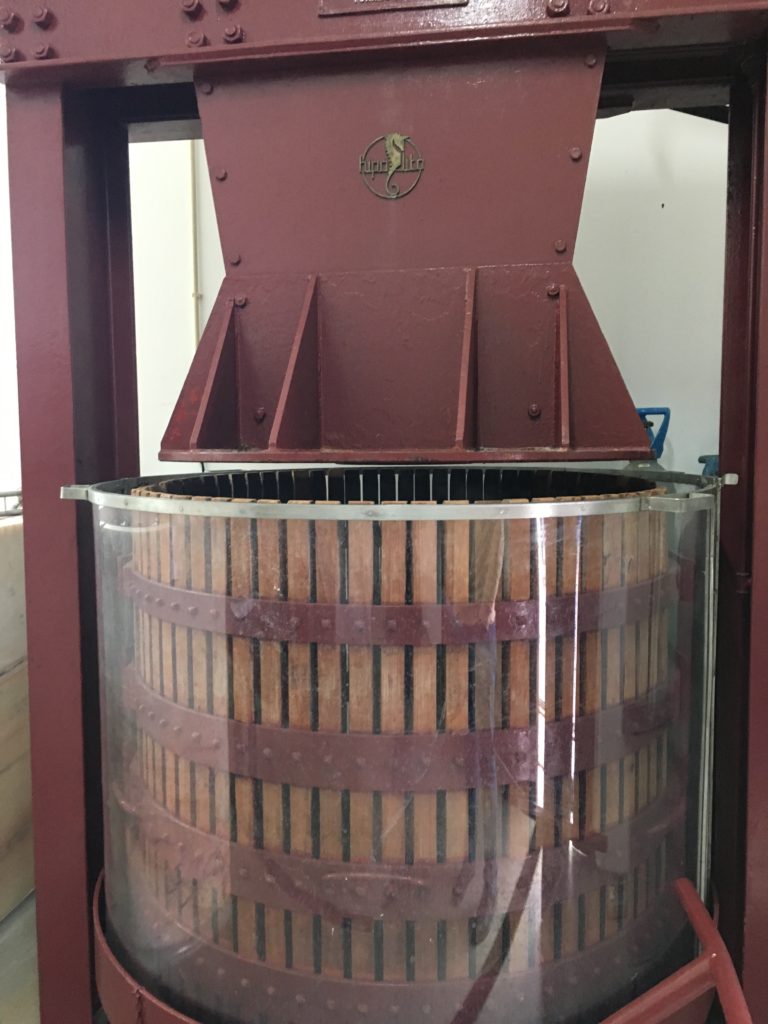How DO they make wine?
Did you know that 1 in 7 Americans think that chocolate milk comes from brown cows? And that 25% of Americans don’t know that hamburger is made from beef? Let’s not let ourselves be that other percentage of Americans who have no idea where wine comes from, or how it is made. We’ll start with the very basics, now don’t laugh, but wine comes from grapes. That was easy wasn’t it. And I’m sure there are many people out there shouting back, but I’ve had pineapple wine, and I once tried wine made from honey. Ok, I get it, but the pineapple wine has to be called “pineapple wine” not just wine, and the wine made from honey, well, of course that is mead.
Now that we have that very basic fact out of the way, let’s get into a little more detail. Both white and red wine follow a similar basic process, with there being many associated processes where the winemaker has to make very specific decisions that affect what the wine ultimately tastes like. There are a couple of winemaking terms that would be helpful to understand here. Crushing the grapes means that the skins of the grapes are gently broken to release juice. In contrast, pressing is done to extract more juice with more pressure on the grapes and after pressing the grape skins will be separated from the juice.
Let’s start with white wine. The general rule is that white wine is made with white grapes, but white wine can be made from red grapes too. We’ll focus on white wine from white grapes here. The grapes are harvested in the vineyard then trucked, usually in a chilled truck, to the winemaking facility. The grapes are sorted, the stems are removed, the grapes are crushed, pressed and then fermentation is started. The primary reason that fermentation occurs after the crushing and pressing is that usually with white wines less skin contact is required. White wines are typically fermented between 53.6 and 71.6 degrees Fahrenheit. Once fermentation is complete, the winemaker blends the wine to achieve the desired wine.

Let’s move on to red wine which is similar but follows a slightly different path. Similar to white grapes in the making of white wine, red grapes are harvested and brought to the winery. Next the grapes are destemmed, then crushed. This is where things get a little different from white wine making. Instead of crushing, pressing, then fermenting, red grapes are crushed and then enter directly into the fermentation phase. You’re probably asking yourself why would this stage be different. The reason for fermentation occurring before the grapes are pressed is that the skins of red grapes contain much of the color so the winemaker wants to extract color from the skins and wouldn’t be able to if the skins were discarded before fermentation. Red wine is fermented between about 68 and 89.6 degrees Fahrenheit. The heat of the fermentation allows extraction not only of color, but also of tannin in the skins and additional flavor. Once the fermentation is complete, the grapes are pressed resulting in what is called press wine that can then be blended to give whatever results the winemaker wishes.

This is a VERY basic description of winemaking but keep in mind that there are many more steps possible depending on what type of wine is being made so I’ll get into much more detail as I go along but really wanted to make sure everyone had a rudimentary knowledge of the fundamentals of winemaking.